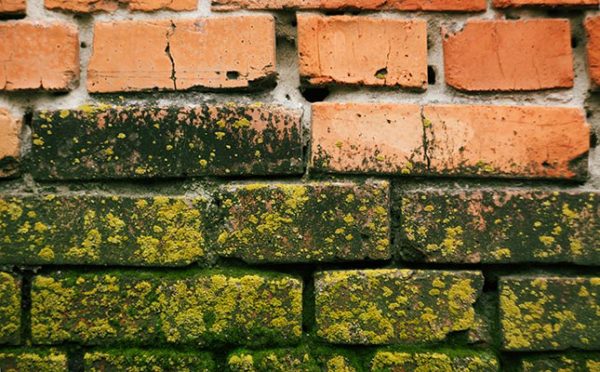Every homeowner has heard horror stories about finding mold in a home. While these stories are often true, they tend to suggest that mold is most commonly found in basements and abandoned buildings. Did you know that your chimney and fireplace, when not properly maintained, create a perfect environment for the growth of dangerous molds?
Fireplace mold can develop in any home, so it’s important to know how to prevent it and what to do if you start to see the signs. Learn the sources and risks of chimney and fireplace mold from the CSIA Certified Sweeps at Doctor Flue!
What Causes Mold in the Chimney & Fireplace?
Simply put, mold requires moisture. Every cause of mold in your fireplace or chimney is based on the idea that something is allowing moisture into the area. Here are a few common ways moisture can cause fireplace mold:
Poor Ventilation – Poor ventilation traps condensation in the chimney and creates an environment that promotes mold growth.
Broken Chimney Crown – If the chimney crown or chimney cover is damaged, it can let in enough water to create a moisture-rich environment, allowing mold to thrive. Just one crack is enough to feed a mold growth.
Non-Waterproofed Brick & Mortar – If the brick and mortar of your chimney wasn’t properly waterproofed with sealant, water will seep through.
Chimney Cap Failure – If the chimney cap on your chimney is damaged from rust, severe weather, or improper installation, it won’t be able to properly keep moisture out.
In many cases, damage that leads to mold happens slowly over time. You may never notice it until it’s too late, which is why it’s important to have a professional chimney inspection annually. Doctor Flue’s certified technicians can also identify improperly installed equipment, and make recommendations on how to prevent water seepage that leads to chimney and fireplace mold.
Risks of Chimney or Fireplace Mold
Mold Is a Health Hazard
Any mold in your house is an immediate risk to your health due to the spores released. While sometimes you may not notice any adverse effects, the initial symptoms are hard to identify from regular illness. Coughing, sneezing, headaches, sore throats or mild breathing problems all seem like allergies or a cold, but can indicate mold spores impacting the air quality of your home.
Over time, these health issues can become more severe. In some cases, mold spores have been seen to cause serious allergic reactions, asthma attacks and even pneumonia.
Moisture Can Damage Your Home
Not only does moss leave an unsightly discoloration, if there’s moisture captured on brick surfaces, it can lead to dangerous damage. The bricks and the mortar joints between them can become weakened, which risks the integrity of your fireplace or chimney. Without intervention, the damage may spread and could pose a significant safety risk over time.
It Can Cause Unpleasant Odors
While not as serious as health or home risks, the unpleasant odor of mold is very noticeable. If the source of the mold is not fixed, the mold will continue to grow and the smell will get stronger. If left too long, the smell may become difficult to remove, even after the mold is removed.
Removing Mold from Your Fireplace is Not a DIY Job!
If you think you have mold in your chimney or fireplace, schedule an appointment for an inspection from a certified professional chimney sweep. Because of the health risks associated with mold spores, it’s not safe to handle this problem on your own. Our trained technicians can identify potential mold problems and remove them completely.
It’s also important to remember that removing the visible mold will not solve the problem. If moisture continues to exist, the mold will regrow. With a professional inspection, you can identify and correct damage that’s making your chimney vulnerable to mold growth. Don’t wait – mold can grow back in just a few days.
After the mold is gone and the damage repaired, you can clean the area with a simple mix of bleach and water to disinfect it.
Tips for Prevention of Fireplace Mold
- Fixing the leak or moisture source is the best way to prevent mold. Without water, mold will not be able to grow.
- Properly waterproofing the chimney is key in preventing mold. This should only be done after it’s been inspected and repaired for damage, as sealing damaged brick won’t prevent water from seeping through.
- Have regular inspections of your chimney, including the cap. A damaged chimney cap, which is common due to severe weather, will allow water to enter.
- In addition to helping you save money due to heat loss, sealing your fireplace and chimney can help prevent moisture damage and mold.
Protect Your Home from Chimney & Fireplace Mold – Schedule an Inspection Today!
Our CSIA Certified Chimney Sweeps will thoroughly clean and inspect your fireplace and chimney to find and repair the source of mold. Contact us today! We’ll get you set up right away so you can have peace of mind.
Call Us: 1-800-438-3583
Email Us: office@drflue.com
Office Hours: Mon-Fri: 8am-4pm


